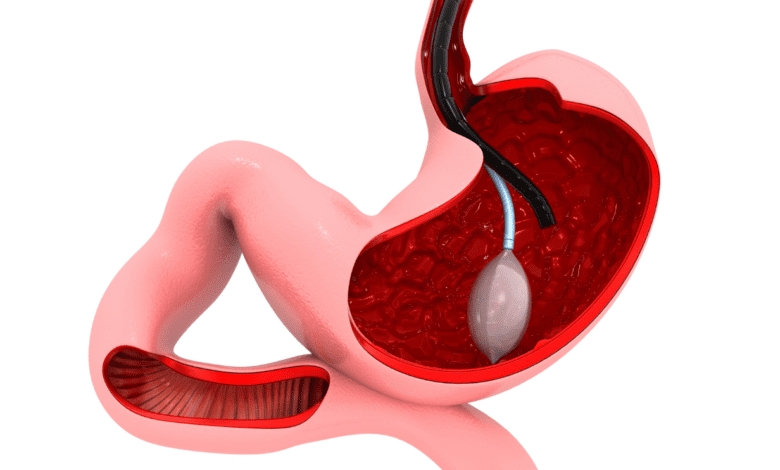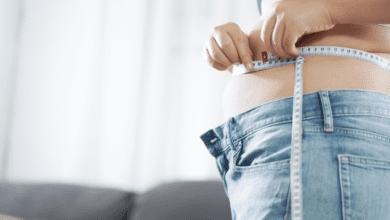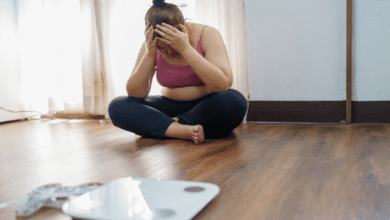Gastric Balloon Removal: What to Expect and How It Works

Whether it’s after a successful treatment period or due to discomfort or complications, gastric balloon removal is a necessary and planned part of the overall treatment.
The gastric balloon is a popular non-surgical weight loss option that helps patients lose weight by occupying space in the stomach, making it easier to eat less and feel full faster. However, it’s important to remember that this solution is temporary.
In this guide, we’ll explain everything you need to know about gastric balloon removal — how it works, when it should be done, what to expect during the process, and what happens afterward.
What Is a Gastric Balloon?
Before diving into the removal process, let’s briefly review what a gastric balloon is.
A gastric balloon is a soft, silicone balloon placed inside the stomach through an endoscopic procedure. Once in place, it’s filled with a sterile saline solution or gas. The balloon remains in the stomach for 6 to 12 months, depending on the type used and the manufacturer’s guidelines.
During this period, it helps patients:
- Eat smaller portions
- Feel full more quickly
- Lose an average of 10–15% of their total body weight
When Is Gastric Balloon Removal Necessary?
Gastric balloon removal is a scheduled part of the treatment plan. Balloons are not meant to stay in the stomach permanently, as they may degrade over time and increase the risk of complications.
Removal is necessary in the following cases:
- After the expected treatment period (typically 6 or 12 months)
- If side effects occur, such as persistent nausea, vomiting, or discomfort
- If the balloon deflates or leaks, which could lead to migration
- If a patient wishes to end the treatment early for personal or medical reasons
How Is Gastric Balloon Removal Performed?
Gastric balloon removal is a non-surgical, outpatient procedure usually performed under mild sedation or anesthesia.
Step-by-step process:
- Endoscopic Insertion: A flexible tube with a camera (endoscope) is guided through the mouth into the stomach.
- Deflation: The doctor punctures the balloon and safely deflates it using specialized instruments.
- Extraction: Once deflated, the balloon is gently pulled out through the esophagus and mouth.
The whole procedure takes 15 to 30 minutes, and most patients return home the same day.
Recovery After Gastric Balloon Removal
Recovery is generally quick and easy. Patients can typically resume light activity the same day and return to work within 24–48 hours.
Some may experience:
- Mild throat discomfort
- Temporary bloating or nausea
- Emotional shifts due to changes in eating habits
Importantly, this is a critical point in the weight loss journey. After removal, the stomach returns to its normal size, and without lifestyle changes, weight regain is possible.
What Happens After Balloon Removal?
After the gastric balloon removal, patients are encouraged to continue the habits they developed during treatment:
- Eat smaller portions and maintain a balanced diet
- Exercise regularly
- Stay in touch with a dietitian or weight loss coach
Some patients may consider additional treatment, such as a second balloon or transitioning to surgical options like gastric sleeve or gastric bypass, especially if more weight loss is desired.
Is Gastric Balloon Removal Safe?
Yes. When performed by an experienced medical professional, gastric balloon removal is considered safe and low-risk. However, complications — though rare — may include:
- Balloon rupture or leakage
- Esophageal irritation or injury
- Infection (extremely rare)
To minimize risk, always choose a qualified clinic with experience in both gastric balloon placement and removal procedures.
Conclusion: Understanding Gastric Balloon Removal
Gastric balloon removal is a simple but essential part of the weight loss journey. Whether you’re reaching the end of your treatment period or facing discomfort, knowing what to expect can help you prepare both physically and mentally.
If you’re considering a gastric balloon or are approaching your removal date, talk to your specialist about your next steps. Continued support, nutrition guidance, and follow-up care are key to maintaining your results and ensuring long-term success.





